Ben Winspear Oil Painting Demo Report
DO A WORKSHOP WITH BEN
Ben is tutoring a workshop at PAS studios on Landscape Composition on 13 October from 10 am – 3.30 pm. Participants can work in oil, acrylic or watercolour. Workshop is open to members and non-members. More information …
To enrol contact Ben: mobile: 0427 505 793 or email: ben@benwinspearart.com
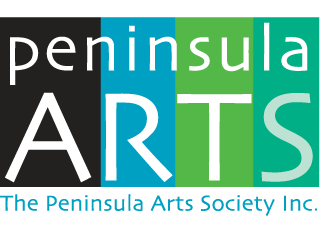
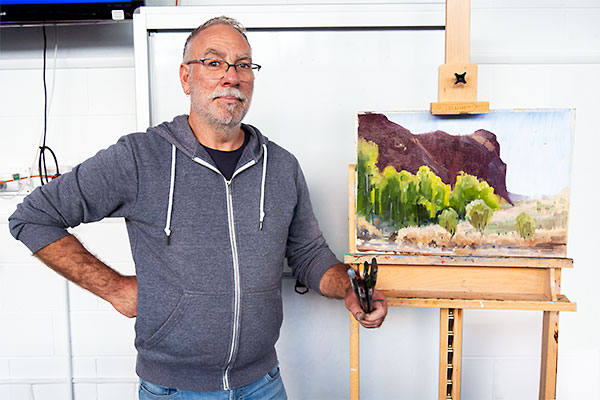
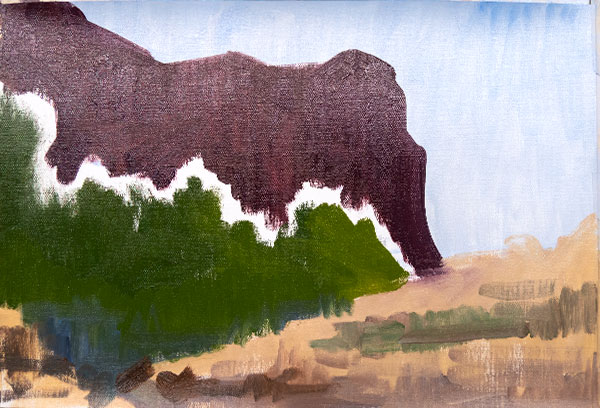

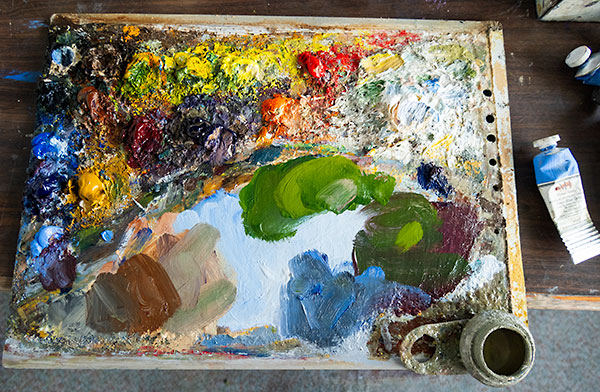
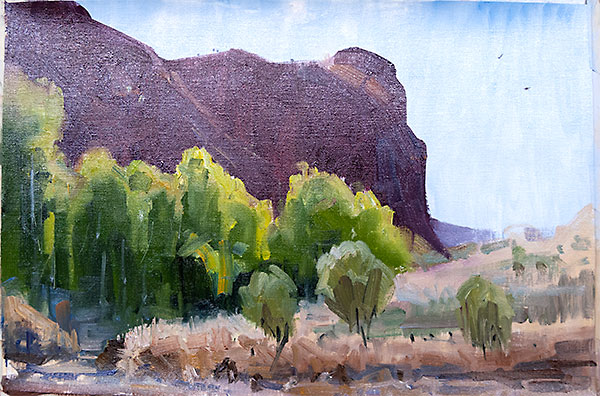
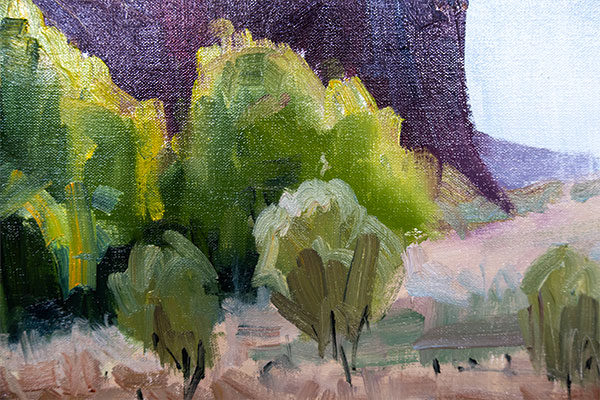
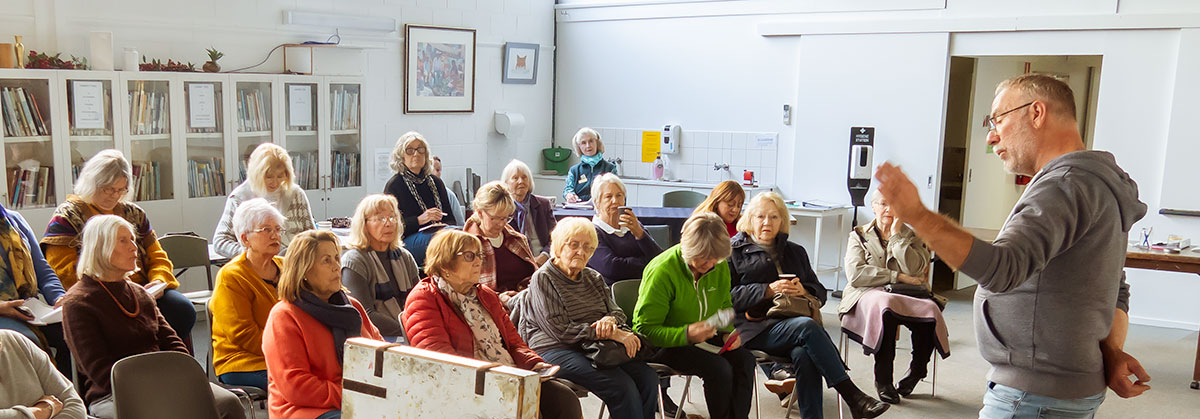
 Rob Meredith
Rob Meredith